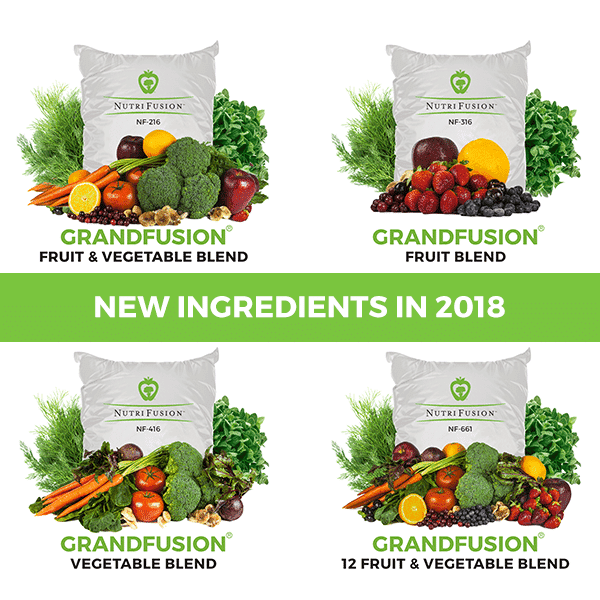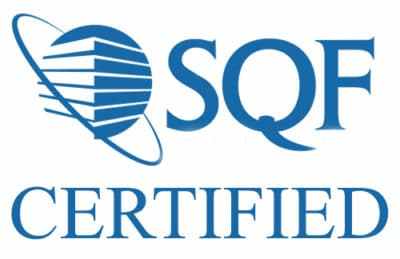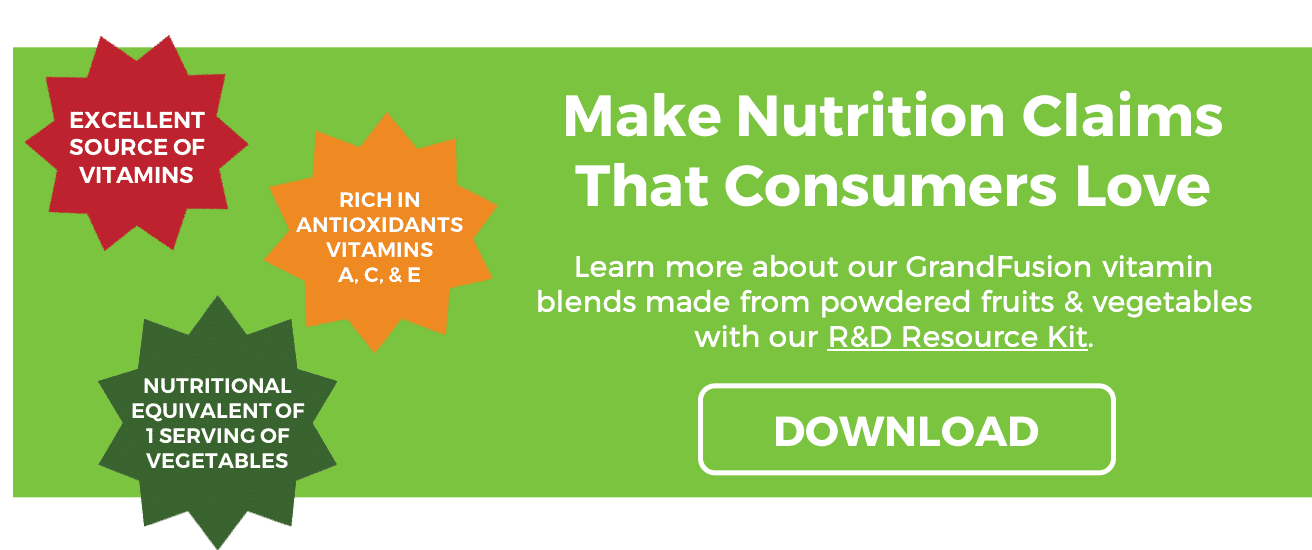FDA Approves 8 Ingredients for Fiber Claims
Food manufacturers today boost their products by adding fiber to make them healthier. Fiber is not only found in bread but even in ice cream, brownies, candies, and gummies. For instance, a small bag of Smart Sweet gummy bears contains 28 grams of fiber so that you can get a whole day’s fiber requirement from your favorite sweet.
Fortifying food with fiber is the recent hype among food manufacturers, and the US Food and Drug Administration is supporting the bandwagon by finally approving ingredients that can boost the fiber content of different products. This initiative stemmed after the 2016 rule that indicated that added fiber does not only add the non-digestible carb content on food, but it provides overall health benefits.
Approved Fiber Claims
Today there are eight (8) ingredients approved by the FDA, and these include alginate, arabinoxylan, inulin and inulin-type fructans, galactooligosaccharide, high amylose starch, resistant dextrin/maltodextrin, and polydextrose. While there are the only eight on the list, the FDA mentioned that it is planning to add other dietary fibers as long as scientific evidence proves that they provide additional health benefits.
Many food manufacturers are ecstatic with the decision of the FDA since it gives their new products the green light. Companies like General Mills and Activa have developed products that include fiber in them. For instance, General Mill’s Fiber One line of products contains inulin and inulin-type fructans. Other brands that contain inulin fiber include Frutafit from Sensus America, Oliggo-Fiber from Cargill, and Orafti from Beneo.
Health Benefits of Fiber
Speaking of health benefits, consumption of fiber can help stabilize both blood sugar and cholesterol levels. It can also help lower the blood pressure and promote good bowel movements. The presence of fiber in the intestinal tract can increase the efficiency of the body for mineral absorption. But more importantly, fiber can also aid in weight loss as it increases the satiety level for a long time.
Consumption of at least 15 grams of fiber daily can help prevent the onset of Type 2 diabetes and colon cancer. But in reality, so many people don’t even come close to the recommended minimum daily amount of 28 grams.
The Dark Side
The effects of putting fiber into food have done most companies good regarding marketing their products. Many consumers believe that food containing fiber is healthier. But this also presents a problem. According to Bonnie Liebman, director of nutrition from the Center for Science in the Public Interest, this might confuse people regarding which foods are truly healthy. For instance, they might opt for a brownie with added fiber over peach because they choose for convenience over real nutrition.
Because of this, it is essential for food manufacturers to explain what type of fiber they are using on their products as well as the kinds of health benefits that consumers can get from them. That way, people will be able to compare the benefits to naturally fiber-rich foods like fruits, vegetables, and whole grains. They can also impose upon the consumers to not be too indulgent on their products and that natural fibers occurring in fruits and vegetables should be prioritized.
Inspired by apnews.com

 Updated Standard GrandFusion Blends
Updated Standard GrandFusion Blends
 New Products to Meet EU Standards to Launch in 2019
New Products to Meet EU Standards to Launch in 2019

